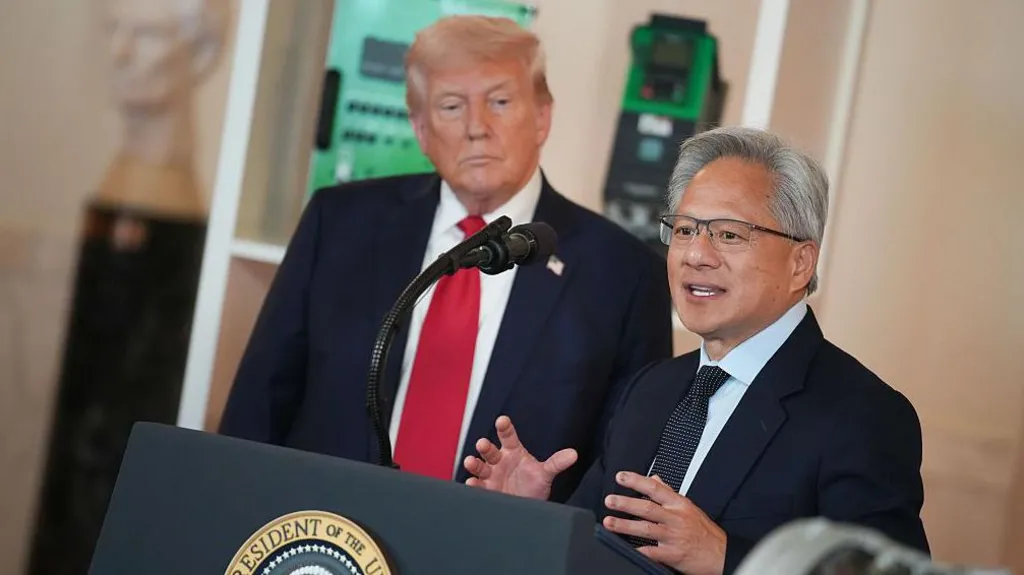China Sticks to Zero-COVID, No Matter What The Cost
China imposed a lockdown in Shanghai and other major cities to halt the surging new wave of highly transmissible Omicron variants. Authorities imposed lockdown in the northeastern city of Changchun amid a new spike in COVID-19 cases in the area on Friday. Over 9 million residents are confined to homes and undergo three rounds of mass testing, while non-essential businesses have been closed and transport links suspended.
China has seen spikes in domestically transmitted infections in recent days, of which about 50 per cent are asymptomatic cases, affecting at least 16 provincial-level regions. Some Chinese public health experts called the latest rebound “the most severe onslaught” since the early epidemic in Wuhan and even after two years of fighting the epidemic with rigorous measures, different sectors have shown a certain level of fatigue toward the Zero-COVID strategy, which could affect the outcome of the implementation of the current policy.
The drawbacks of a Zero-COVID approach have been laid bare in Hong Kong, where mixed messages have fueled hoarding of food supplies and public fear that people will be taken away to isolation. That’s the question now facing Hong Kong officials, as daily infections top 4,000 and previous fail-safe systems begin to buckle under the strain of their own uncompromising rules.
For almost two years, Hong Kong had relied on a combination of stringent quarantines and sophisticated track-and-trace efforts to isolate positive cases, keeping the city comparatively virus-free even as the rest of the world began to loosen restrictions.
But those measures no longer appear sufficient in the face of the latest Omicron wave, which officials have described as a “tsunami.” Hong Kong’s insistence on sending all positive cases to the hospital, irrespective of the severity, has led to at least one hospital being so overwhelmed that it was forced to move patients on gurneys outside, lining them up in the parking lot.
Meanwhile, a raft of tightened restrictions and targeted lockdowns have led many experts and residents to question the sustainability of such an approach as the city enters the third year of the pandemic.
President Xi Jinping took the unusual step of directly calling on Hong Kong officials to take all necessary measures on March 9. Xi’s intervention has raised fears that further restrictions similar to those seen in mainland China, including a possible citywide lockdown, could soon follow.
So far, the local government has firmly ruled out such a move, suggesting it would be impractical to confine more than 7 million people to their homes. But Xi’s comments make clear that Hong Kong has little choice but to adhere to China’s hardline zero-Covid strategy whatever the cost.
Thousands of weary residents are leaving Hong Kong every day as the city continues to battle its worst wave of pandemic. But an exodus of Hong Kong residents has been taking place for a couple of years, data suggests. Experts say residents are leaving because of the city’s recent political unrest and ongoing restrictions due to the pandemic.
According to immigration data, over 94,000 Hong Kong residents have departed the city via Hong Kong International Airport in 2022 alone, with 26,000 residents arriving. It is not clear whether the departures are permanent or temporary. Hong Kong has required lengthy quarantines for residents and professionals entering the city making it an unattractive prospect for residents to travel overseas.
Though Hong Kong has been aligned with Beijing in pursuing Zero-COVID, it could have taken a different route than what Singapore has adopted. Last August, Singapore, which for years has competed with Hong Kong for the title of Asia’s top international business hub, was the first Asian country to declare it was moving away from a Zero-COVID policy to living with the virus instead. It was soon followed by Australia, New Zealand, Thailand, and others.
The mood in Singapore is now drastically different than in Hong Kong. A high vaccination rate and reopened travel with two dozen countries mean daily life has more or less resumed. However, Hong Kong’s outbreak shows the limits of these measures, the part of the government’s zero-COVID playbook but the Communist regime is not budging.











